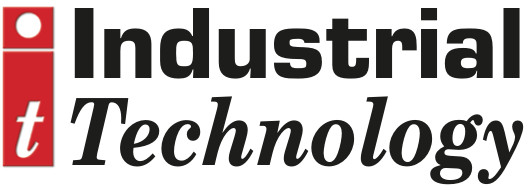
Posted to News on 23rd Mar 2016, 00:00
Air motors stir it up in automotive paint shops
A number of automotive manufacturers have adopted Huco Dynatork air motors to drive the agitators in their paint shops, with hundreds already in use operating around the clock in plants across the UK, mainland Europe, North America and Asia. Piston air motors offer many advantages over electric or vane type air motors, including energy efficiency, simple installation, easy maintenance, longevity, controllability and spark-free operation.

The main purpose of paint agitators is to keep wafer thin metallic particles evenly distributed in suspension in the paint. The speed of stirring is critical: too slow and the particles will settle and form thick clusters at the bottom of the container, too fast and the particles collapse, becoming globular instead of flat, resulting in a granular paint finish. At the automotive paint plants stirring speed can be controlled directly through the air motors, because the chosen units have variable-speed capability.
David Lockett, managing director at Huco Dynatork, explains: “With piston air motors, power is related to the supply pressure and volume air flow, so an inlet valve can be adjusted to control both speed and torque. The motors can also be fitted with torque sensors for closed loop feedback. With a simple arrangement like this, a Huco Dynatork motor will hold its set speed steadily almost indefinitely. To achieve this with an electric motor you would need a variable speed drive – which is expensive, requires installing on site and has to be programmed and commissioned.”
Lockett continues that piston air motors are significantly different from rotary vane type motors. “The free-floating piston design of the Huco Dynatork air motor is intrinsically efficient and consumes far less compressed air than a conventional vane-type motor, usually needing less than a quarter of the air supply for the same power output. Furthermore, the dynamic characteristics of the motor, including instant start/stop under load, mean that it can be used in indexing applications, just like a stepper motor.”
In operation, air at up to 100psi is supplied to each of three pistons in turn via an integral rotary valve. The free-floating pistons transmit maximum torque on start-up, which can be adjusted via a pressure regulator. The resulting performance features: high torque, even at low speed; variable speed control; and very low noise operation.
Furthermore, because they are supplied only with compressed air and no electrical cables are required, there is no possibility of sparking; making the motors intrinsically safe for use in ATEX Zone 1 applications. Because of the flammable nature of paint vapours, this feature is of direct benefit to modern high-throughput paint shops. “They can even be used completely submerged and are fine for high pressure washdown,” comments Lockett.
The simplicity of both the air motors and their air supply system compared to an electric drive equivalent makes installation and maintenance very easy. They are lightweight and compact and so easy to lift and manoeuvre during routine maintenance. Connection to, and disconnection from, the air supply is straightforward.








